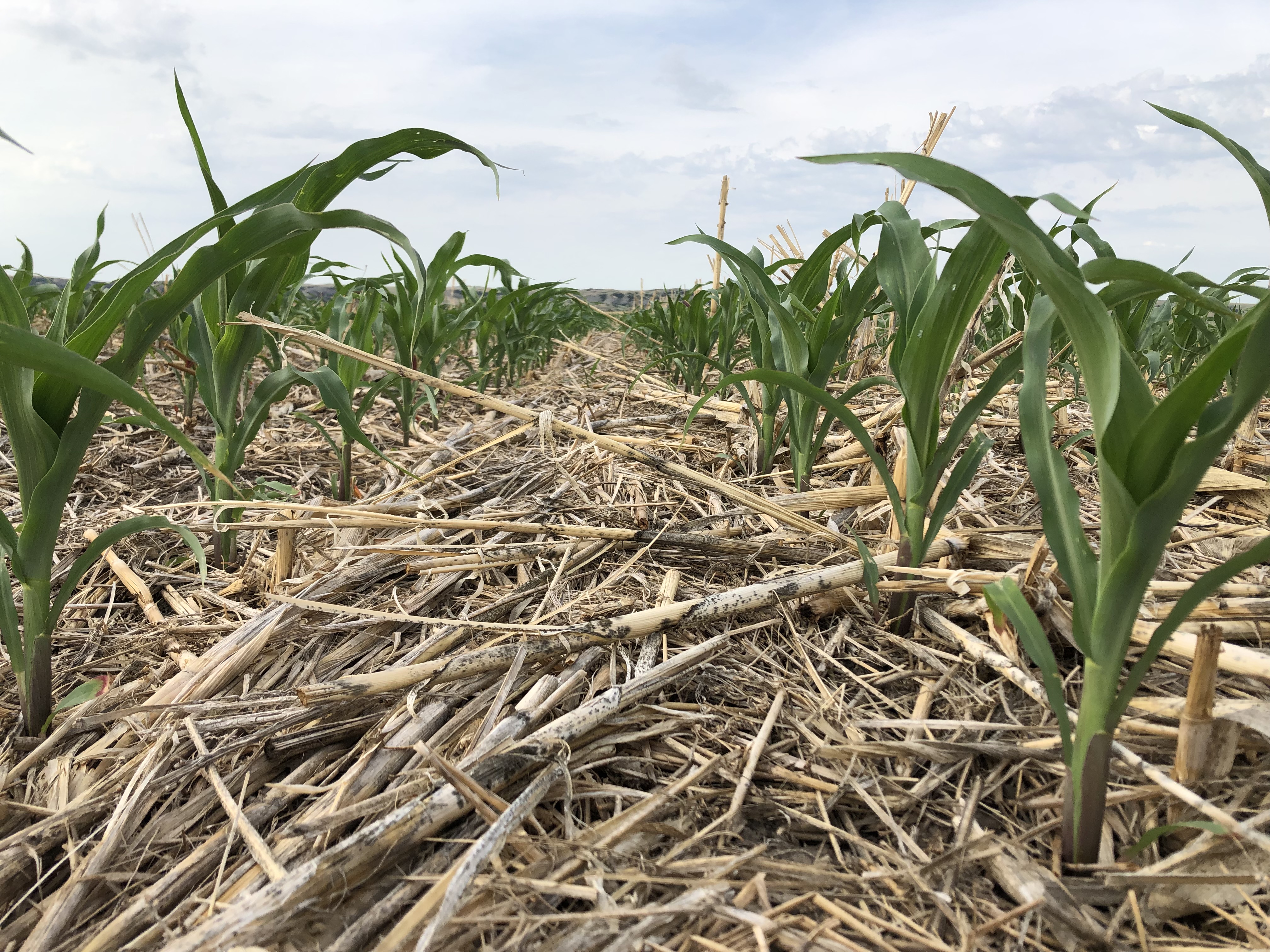Mimicking Natural Systems for a Holistic Approach to Farming
Wednesday, April 5, 2023

The best definition of a farmer is someone who takes sunlight, water, and carbon dioxide and turns them into produce that can be sold. Each operation needs to evaluate how good of a job they do at performing those tasks. What percentage of the sunlight that falls hits living tissue? What percentage of the water that falls enters the soil and is used by plants? How much water causes harm by leaching or running from the land? Are the nutrients cycled or leaked? Ecosystems that leak nutrients (including carbon) for extended periods of time turn into deserts.
Soil and water conservation are a consequence or side benefit of utilizing properly designed regenerative systems. Sustainable profitability must be the primary goal in order to assure that conservation continues long-term. The best systems attempt to mimic native vegetation in terms of intensity (water use) and employ as much diversity as needed to optimize the system. Each resource (land, machinery, labor, etc.) is managed to optimize its contribution to the operation without overtaxing its capability.
The Dakota Lakes Research Farm did not initially choose to use reduced tillage techniques because of the soil and water conservation benefits, or due to the fact that soil health and nutrient cycling would be improved, or for wildlife benefits, or for carbon sequestration potential, or any of the other benefits brought to light in the last 10 to 20 years.
Rather, the decision was made on the basis of the potentially improved profitability that the moisture conservation and workload spreading characteristics provided.
Weak-link analysis indicated that moisture would be a limiting factor for many of the potential rotational crops that were being considered at the Pierre, S.D., research farm. Therefore, a key component of the farming system was adoption of moisture conserving practices to allow growing of high-water-use crops in a region where their production was marginal with conventional tillage.
The ultra-low-disturbance, diverse crop rotations system that has evolved also owes much to the desire to maximize the utilization efficiency of manpower and machinery resources. It has also resulted in lower pesticide use and higher yield levels than anticipated. It is believed that much of this is due to a better understanding of the use of natural cycles.
To be sustainable and profitable on a long-term basis, farming systems must be designed so that natural cycles and principles become allies rather than enemies. Inputs such as fertilizers or pesticides then become methods to augment or initiate natural cycles rather than being tools designed to stop natural processes.
In natural systems, tillage is a catastrophic event (associated with glaciers, erosion, volcanoes, etc.) that occurs only rarely. Both macro (grazing animals, earthworms, mites, springtails, etc.) and micro (fungi, VAM, bacteria) fauna are profoundly impacted. Soil dwelling species are disrupted to an even greater degree than those that can migrate to more suitable habitat.
In undisturbed natural systems, nutrients and residues are cycled by a complex web of macro and micro fauna. In this system, residues are maintained to protect the soil until new plant growth occurs. Canopy conditions created by this new growth allow residue decomposition rates to accelerate. This residue decomposition releases nutrients for use by the subsequent crop when they are needed.
With frequent and repeated tillage, the soil ecology becomes predominated by species that require tillage in order for residue and nutrient cycling to occur.
Since tillage generally occurs prior to plant growth beginning, nutrients have been placed in a mobile form before they are needed, making them vulnerable to loss. If tillage is not performed, lack of aeration (caused by poor soil structure that results from repeated tillage) causes nutrient cycling and crop growth problems.
In farming systems designed to mimic undisturbed natural systems, fertilizers are utilized to replace nutrients exported from the system and are applied in a manner to provide an early competitive advantage to the crop that is to be harvested.
This complex web does not reappear quickly when a soil that has been tilled for a number of years is managed without tillage. The soil structure and organic matter lost during the tillage period does not reappear quickly either.
For this reason, initiating low-disturbance techniques requires careful planning in regard to how the transition can be made without sacrificing short-term profitability. Many of the struggles and failures associated with producers adopting low disturbance methods traces to inadequately addressing this issue.